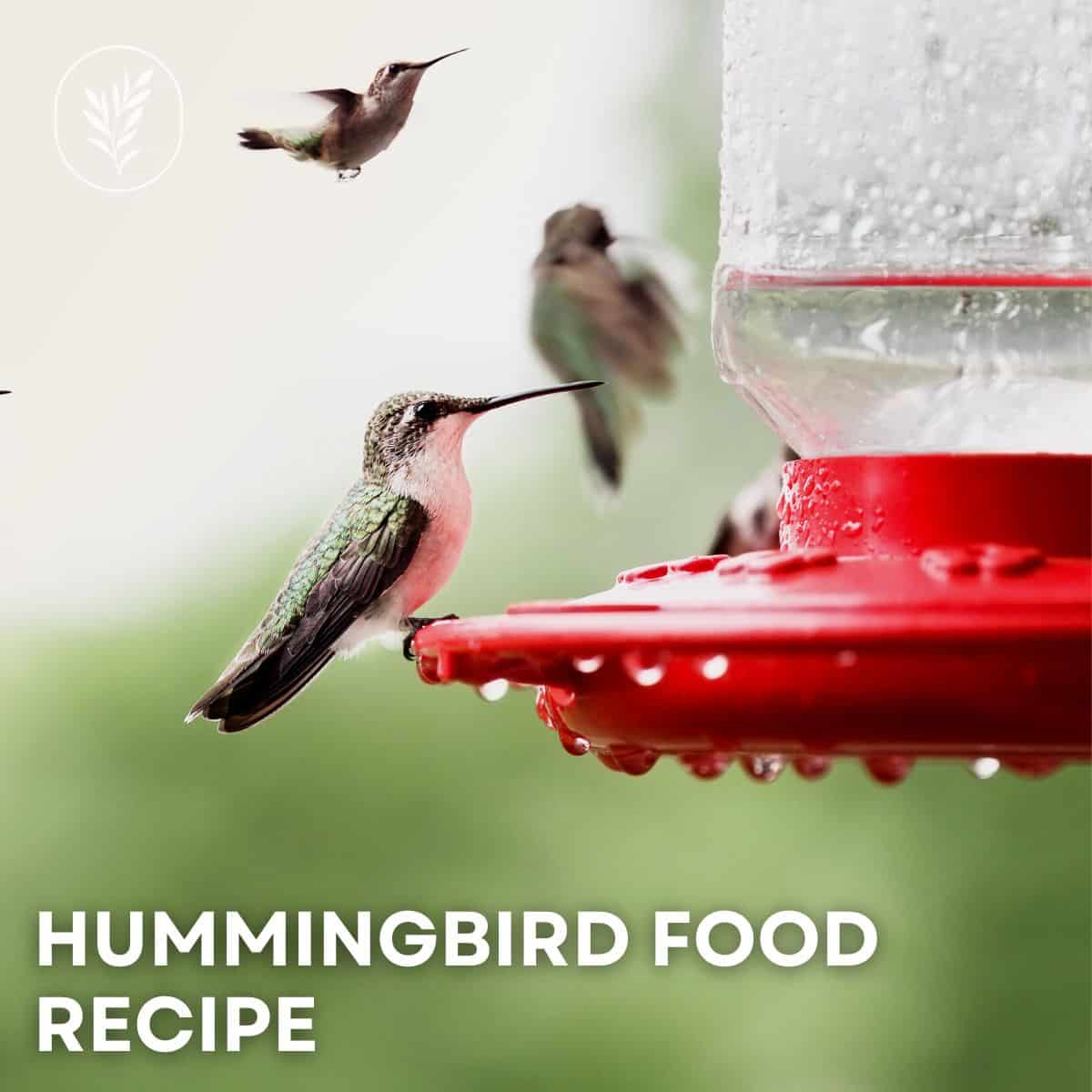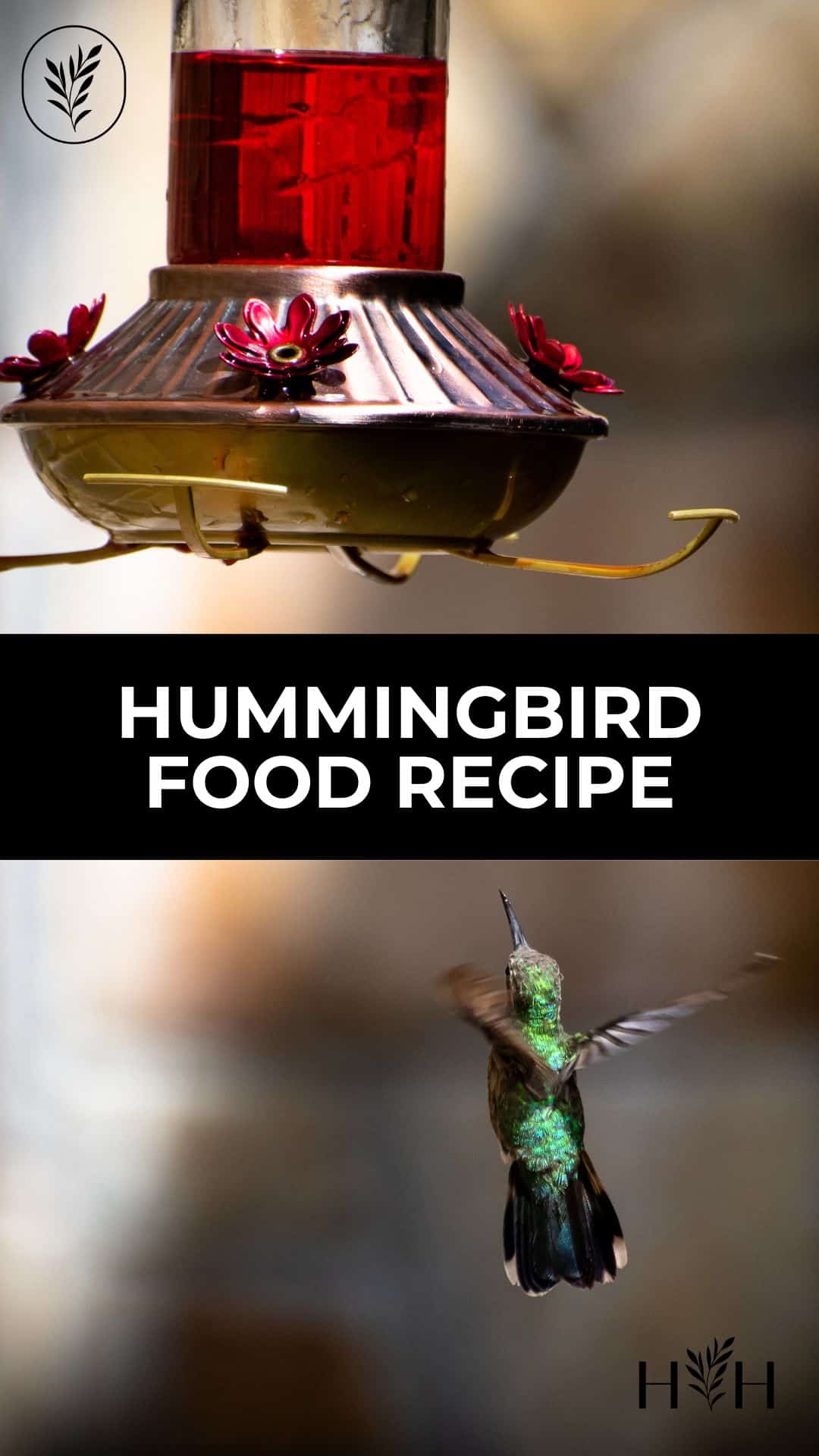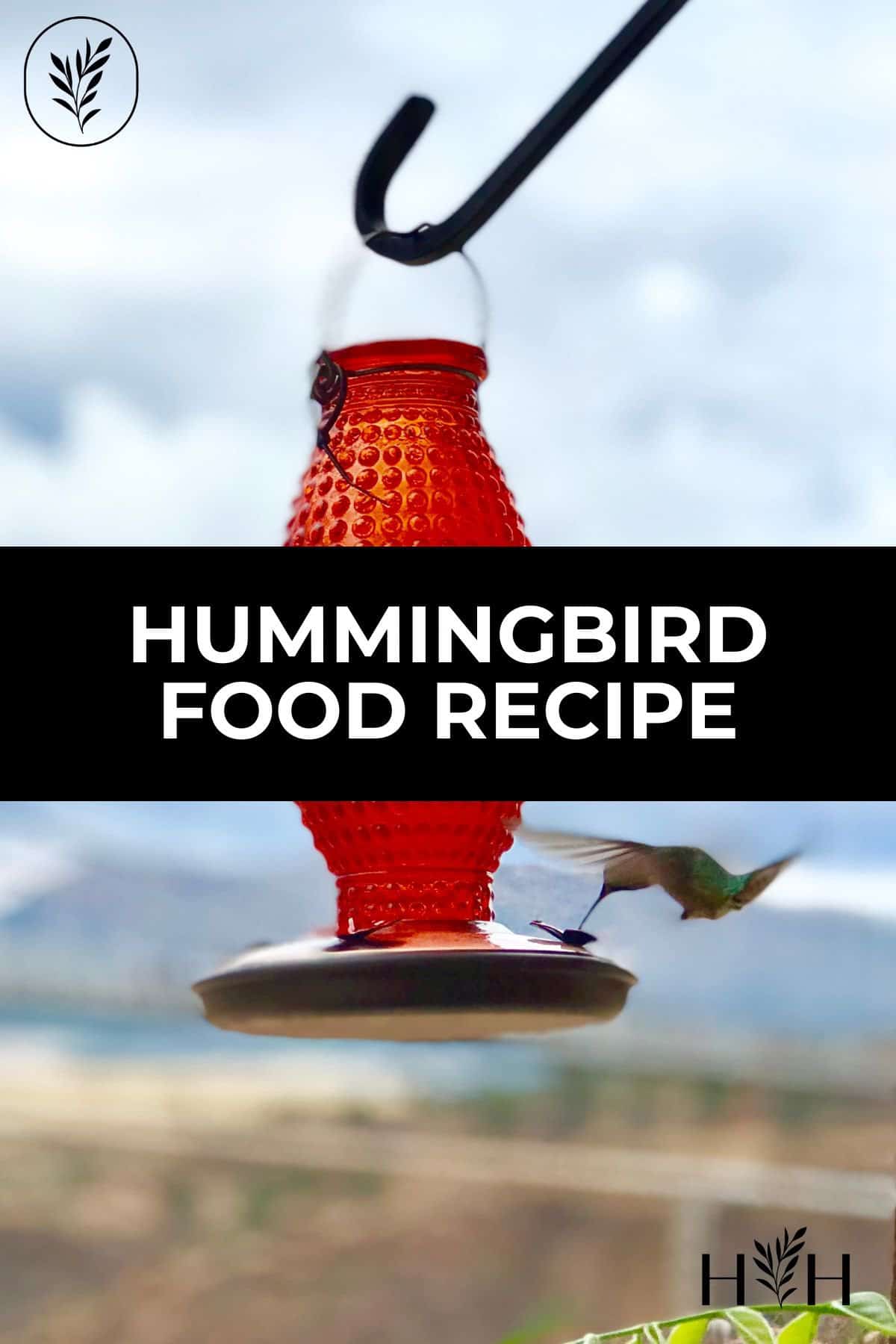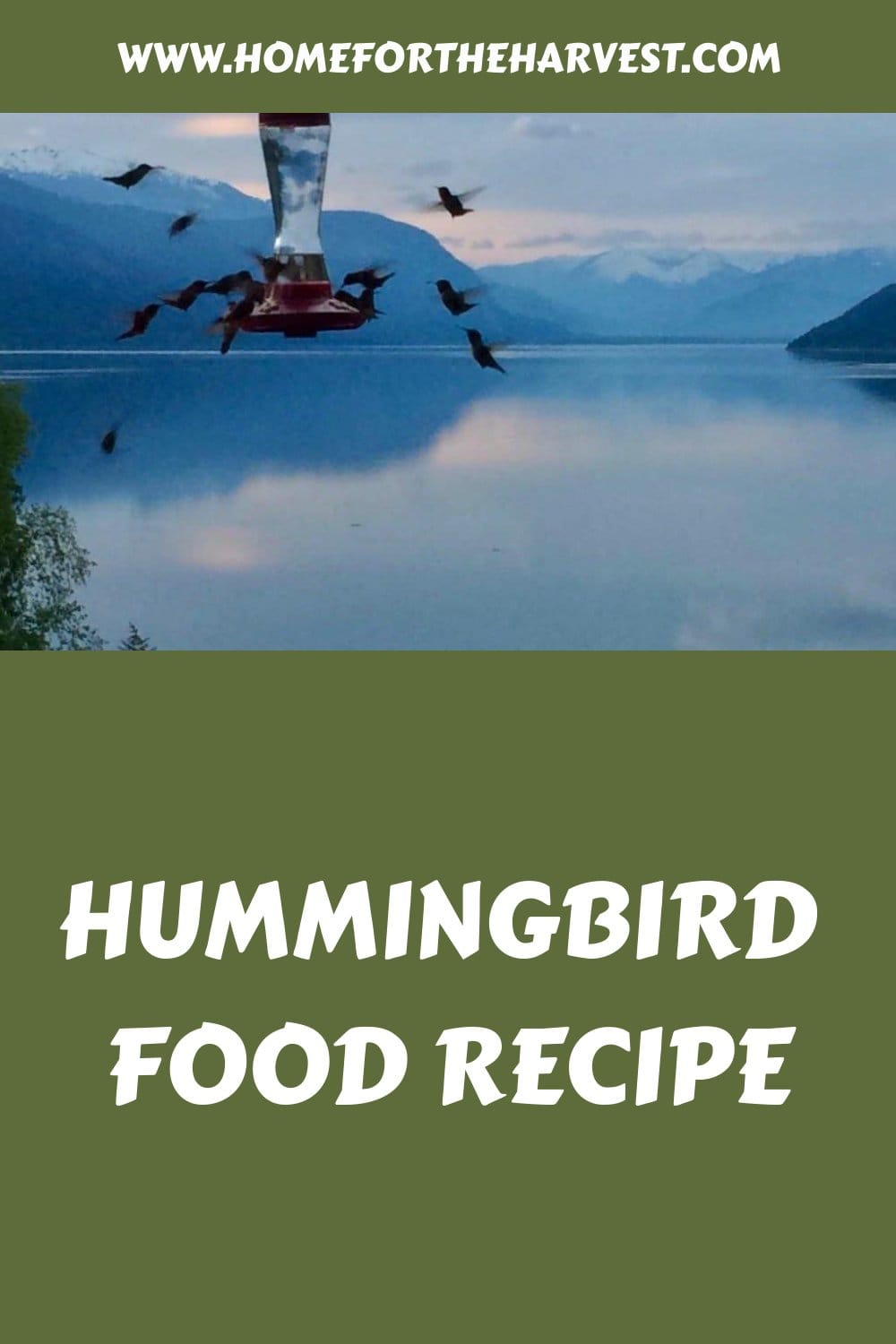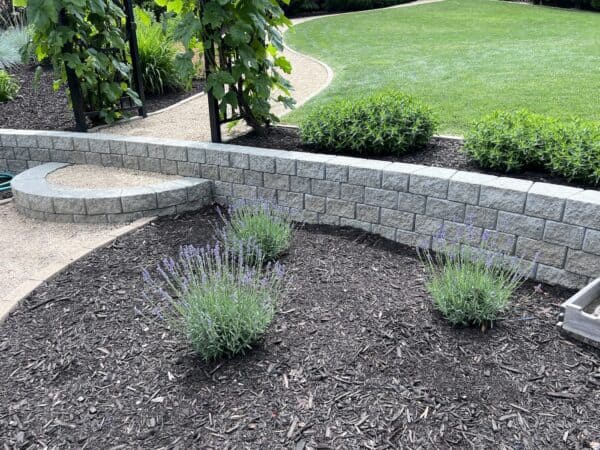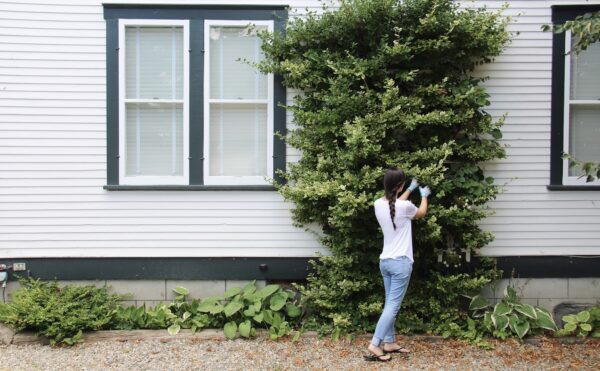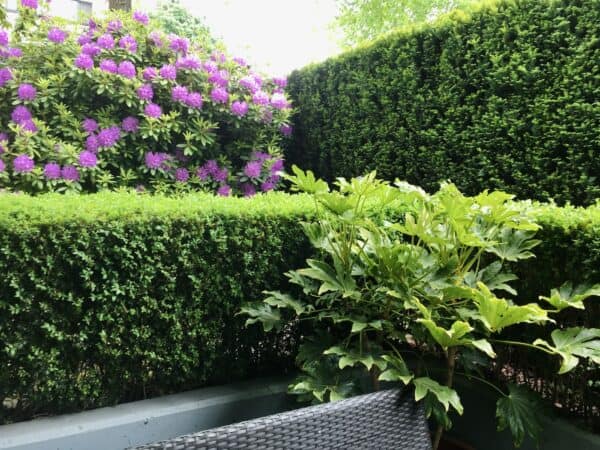The basic hummingbird food recipe is plain sugar water prepared in a ratio of 1 part sugar to 4 parts water and then boiled on the stove to destroy harmful pathogens. The homemade nectar is cooled and can then be used in hummingbird feeders, with the extra nectar stored in the fridge for later.
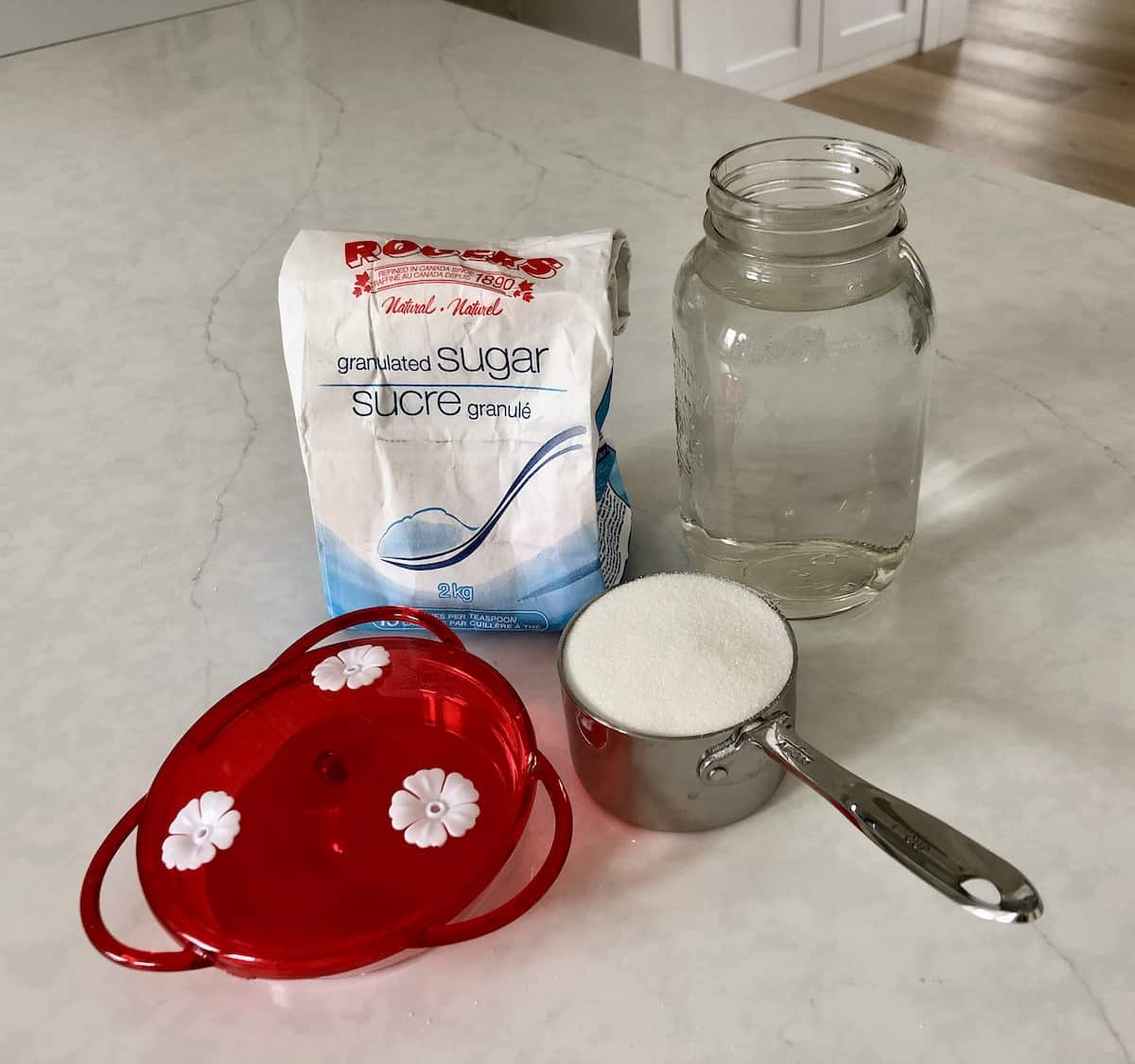
Hummingbird food recipe
Here’s the classic hummingbird food recipe for making your own hummingbird nectar:
Ingredients for homemade hummingbird nectar
- 1 cup of plain refined granulated sugar
- 4 cups of filtered tap water
NOTE: Adding red food dye is completely unnecessary and probably harmful to the hummingbirds
Steps for how to make hummingbird food
STEP 1. Put the plain sugar and tap water in a saucepan and heat on the stove, gently stirring the sugar into solution. Bring to a boil, reduce the heat, cover the pot, and allow the solution to boil for 2 minutes.
“If you use one cup of sugar, use four cups of water. If you use two cups of sugar, use eight cups of water. Research has shown that this ratio most closely approximates the sugar concentration found in many hummingbird flowers.”
Enjoying Hummingbirds In the Wild & In Your Yard, by Larry & Terrie Gates
STEP 2. After boiling, allow the solution to cool off to room temperature. The cooled solution can then be poured into a clean hummingbird feeder. Extra sugar-water hummingbird food from this recipe can be stored in the fridge for a few days.
“Every batch of feeding solution should be stovetop boiled two minutes to retard fermentation. Use a lid to prevent escaping vapours from concentrating the solution.”
Hummingbirds of North America: Attracting, Feeding, and Photographing, by Dan True
Video version of hummingbird food recipe
Please check out my YouTube channel if you’d like to watch more videos about gardening and backyard birds.
More quick tips for feeding hummingbirds
- Learn about the features and setup best practices for hummingbird feeders.
- Plant some flowers that hummingbirds love.
- Add a hummingbird birdbath that’s specifically sized for these tiny birds.
- Give them some adorable little perches. Yes, there is such a thing as hummingbird swings, lol!
Why making homemade hummingbird food is better than buying store-bought nectar or mix
Hummingbird experts developed the classic 4:1 sugar-water hummingbird food recipe to closely mimic the flower nectar hummingbirds naturally love to lap up. Plain, freshly-made, sugar-water solution is the best artificial feed for the birds. And…nectar is not dyed red in nature!
“Nectar, which contains water, highly calorific natural sugars, and not much else, is processed by the birds within 15 to 20 minutes, the waste products emerging as little more than a few crystal-clear droplets.”
Hummingbirds: A Life-Size Guide to Every Species, by Michael Fogden, Marianne Taylor, and Sheri L. Williamson
Artificial feeding provides a few easy, quick calories to give them the energy to hunt down protein-rich bugs. You’re not feeding them baby formula…you’re not re-creating their entire diet…they’re just getting some fake flower nectar to give them a boost while they hunt.
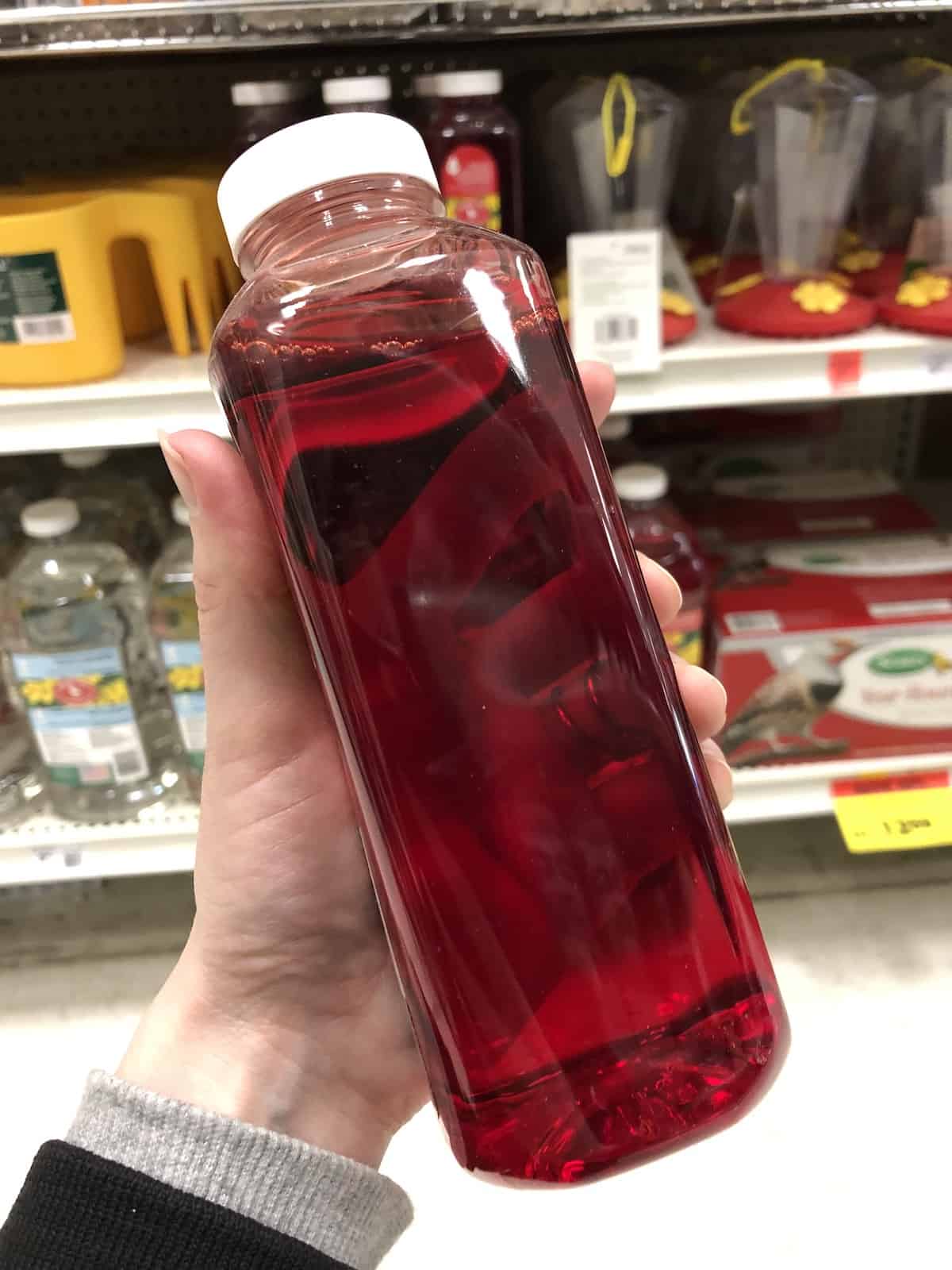
Skip the preservatives. Skip the red dye. Skip the opportunity for harmful pathogens. Skip carrying the stuff home from the store. Just use regular plain old refined white sugar and boil it up with tap water. It’s better for the birds and cheaper for you! If you do buy nectar mix, opt for a brand that doesn’t contain the red dye.
“Commercially mixed hummingbird preparations often contain preservatives that may be harmful to birds. Shipment and shelf storage times give bacteria and fungi increased opportunities to multiply in these preparations.”
Hummingbirds of North America: Attracting, Feeding, and Photographing, by Dan True
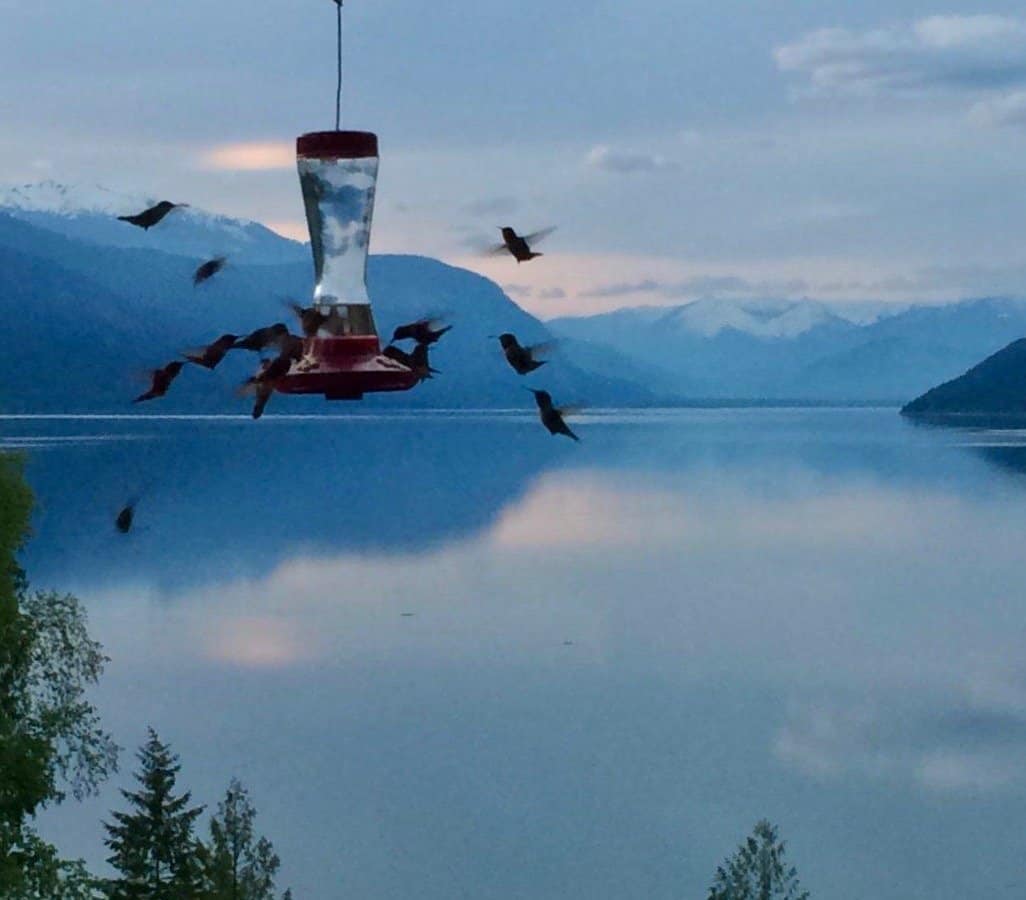
Why not to substitute sweeteners in hummingbird food recipes
Raw, unrefined granulated sugars and dark sugary liquids (like molasses) contain iron and other minerals that can harm the birds in concentrations higher than naturally found in flower blossoms. Molasses and other concentrated sugars are man-made products that hummingbirds would not encounter in their natural habitat.
Many other sugars don’t list the iron content of the batch. Even if product labeling of minerals was super-accurate across the board, there isn’t yet a definitive consensus on a “safe limit” of various minerals for hummingbirds. No one wants to be unwittingly consuming unknown doses of a variable, mineral-concentrated substance. It’s simply not our risk to take in their food.
Unprocessed sugars like honey can also introduce pathogens into the food that the birds aren’t prepared to handle:
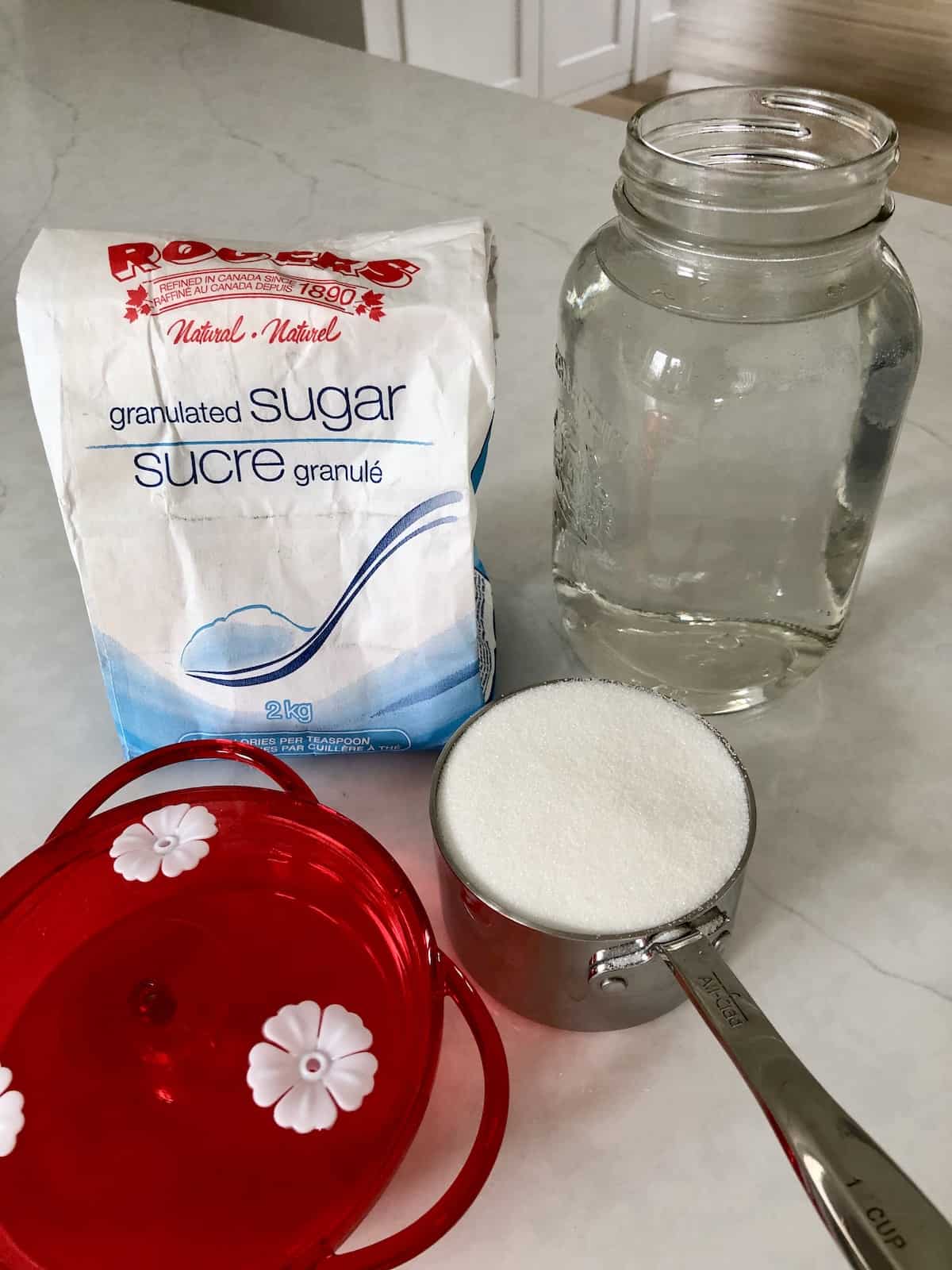
“It is not wise to substitute or add honey or artificial sweeteners to hummingbird mixtures. We, and the hummingbirds, are indebted to Dr. Augusto Ruschi, Brazilian naturalist and bird expert, for discovering that a honey-water mixture breeds a fungus that attacks hummingbird tongues, eventually causing a bird’s death. As for artificial sweeteners, they have no substantial food value.”
Hummingbirds of North America: Attracting, Feeding, and Photographing, by Dan True
This is one instance where processed food is actually a plus! Stick to refined white granulated sugar for this hummingbird food recipe. Use a sugar that’s been processed to remove molasses. Sugar that’s been grown organically is great. Just choose one that’s had the molasses removed. It doesn’t have to be bleached bright white (that’s not supernatural either), but it shouldn’t obviously contain molasses/concentrated minerals.
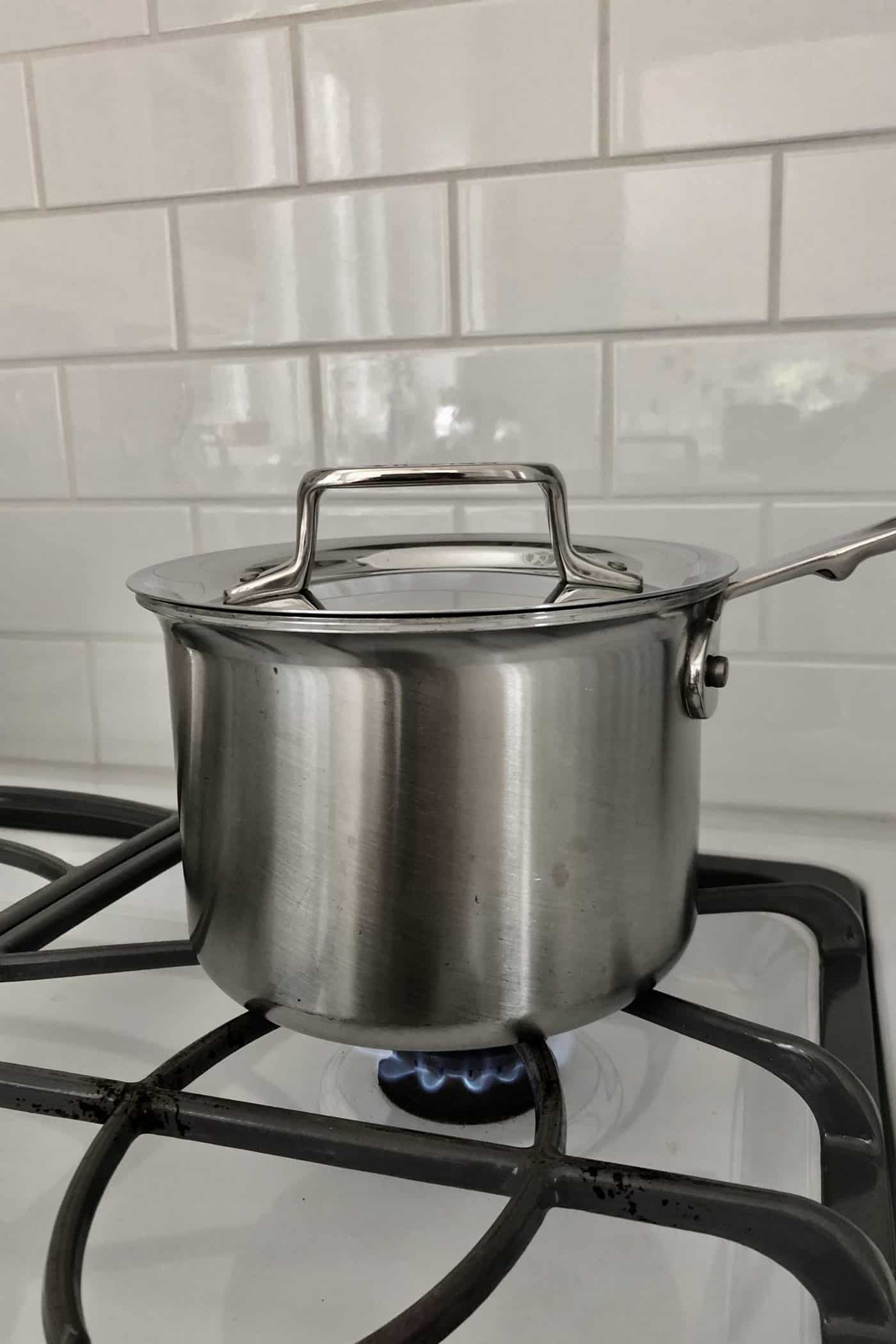
If you can’t bear the thought of feeding processed sugar to wild birds, consider planting an extensive hummingbird flower garden instead so they have access to real flower nectar. Providing the birds with real food instead of human-made food is the most “natural” feeding method. In lieu of artificial feeders, hummingbirds feed on nectar from these flowers, as well as small bugs (gnats, fruit flies, spiders) and even sap from trees.
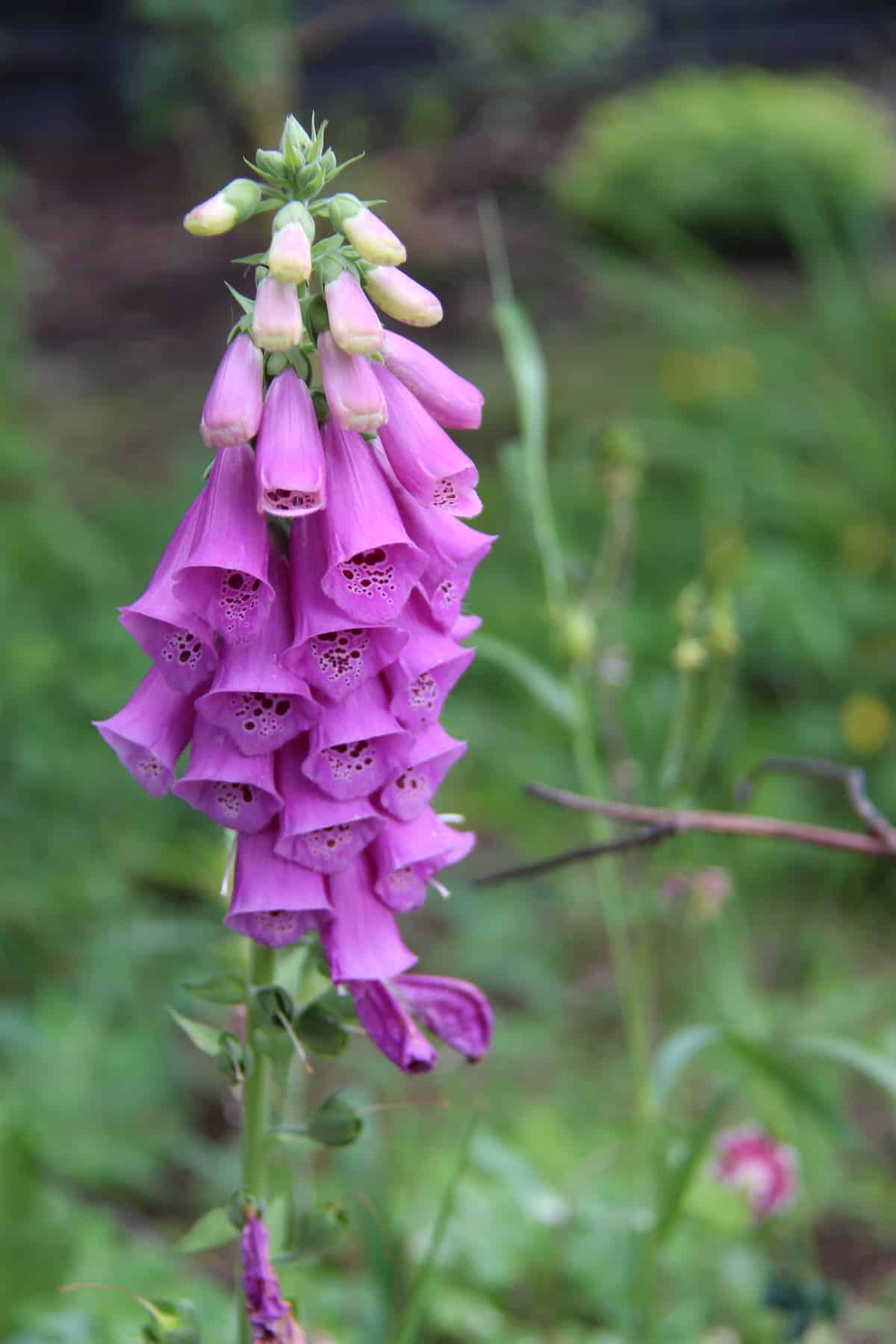
Homemade hummingbird food vs. Wild bird food
As discussed above, this hummingbird food recipe mimics the sugary flower nectar that hummingbirds search out in the wild. Hummingbirds drink nectar and/or homemade hummingbird food to get water and to get sugar for energy. For nutrition, hummingbirds eat small insects, including mosquitoes, fruit flies, gnats, and sometimes even spiders. They also eat tree sap (you’ll see them feeding in sapsucker holes!).
“Although they depend on flowers for their energy, all hummingbirds also need protein, fat, and other nutrients, which they get from eating small insects and other anthropods. The birds devote much of their time each day to catching prey, which they do in two main ways: by “hawking” for insects in flight, often high above the treetops or over water; or by gleaning them from foliage, especially the underside of leaves.”
Hummingbirds: A Life-Size Guide to Every Species, by Michael Fogden, Marianne Taylor, and Sheri L. Williamson
Hummingbirds drink with their long tongues, which are specialized to drink nectar from flower blossoms. Hummingbird feeders provide a backup source of energy, especially when fewer flowers are blooming. You may wish to decrease the amount of homemade hummingbird food when lots of flowers are blooming nearby so that your feeder doesn’t reduce the natural pollination that the birds provide as they drink nectar.
Why do I have to make this hummingbird food recipe so often!?
Hummingbirds do not “eat like a bird”. In fact, they can easily eat their body weight in nectar each day. That’s a lot of hummingbird nectar to mix up!
“To sustain their high metabolic rate, hummingbirds must eat an enormous amount, sometimes consuming several times their body weight in nectar a day. A reliable supply of nectar, ingested every few minutes, is crucial, and it must be digested quickly to make room for more.
Hummingbirds: A Life-Size Guide to Every Species, by Michael Fogden, Marianne Taylor, and Sheri L. Williamson
Hummingbirds lap up nectar from flowers as their tongues click in and out of the flower a dozen times per second. The most successful hummingbird backyards contain red/pink/purple flowers and sugar water hummingbird feeders.
Happy Homemade Nectar-Making! Here’s a background video to enjoy while you make this hummingbird food recipe :)
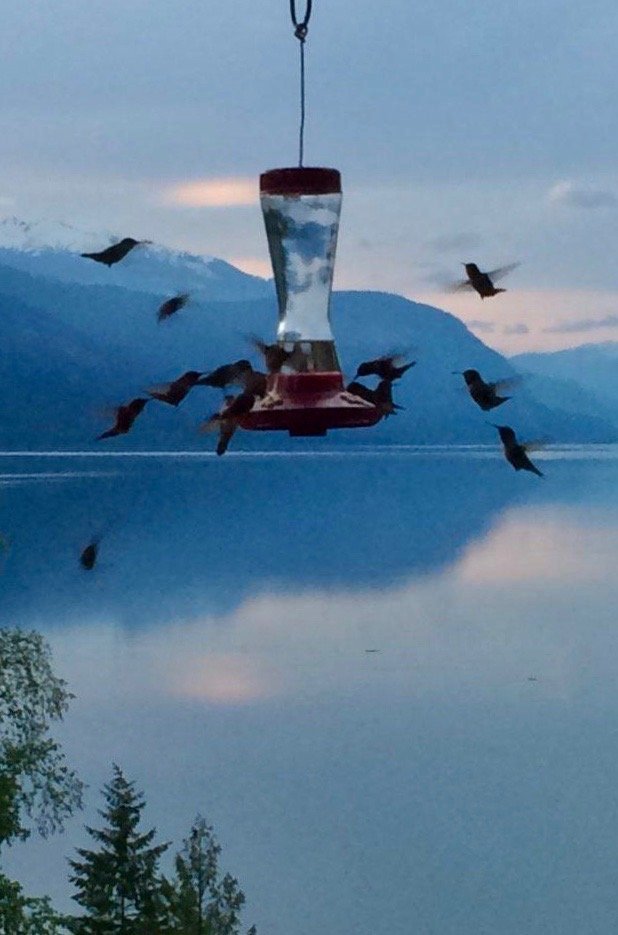
Happy backyard birding :)


